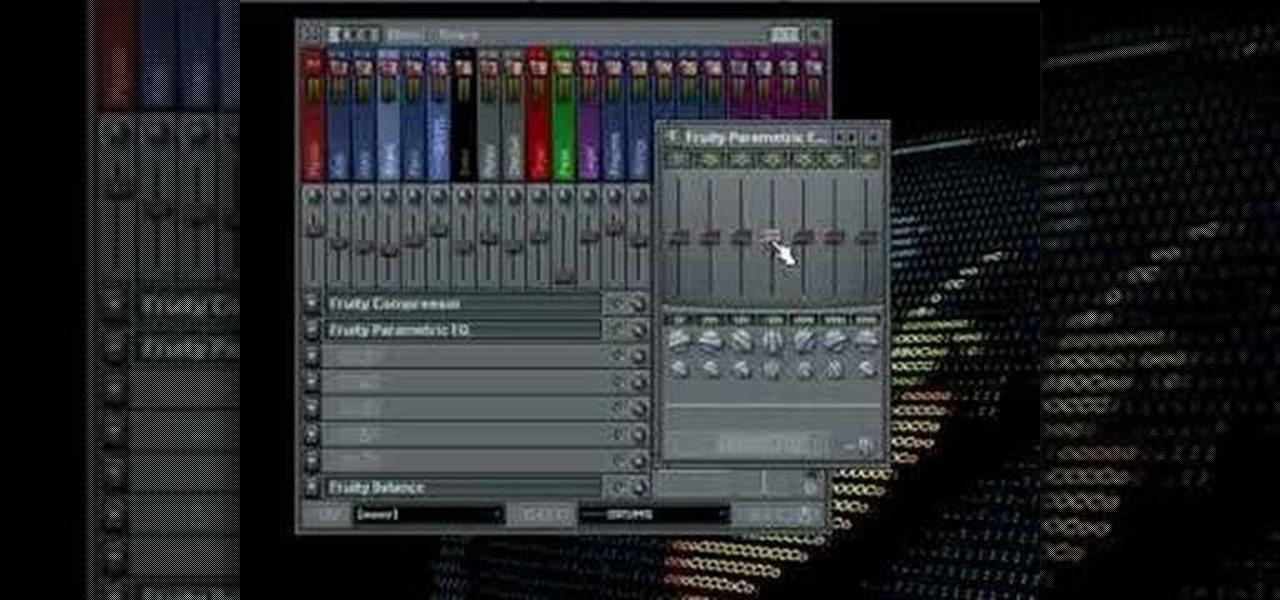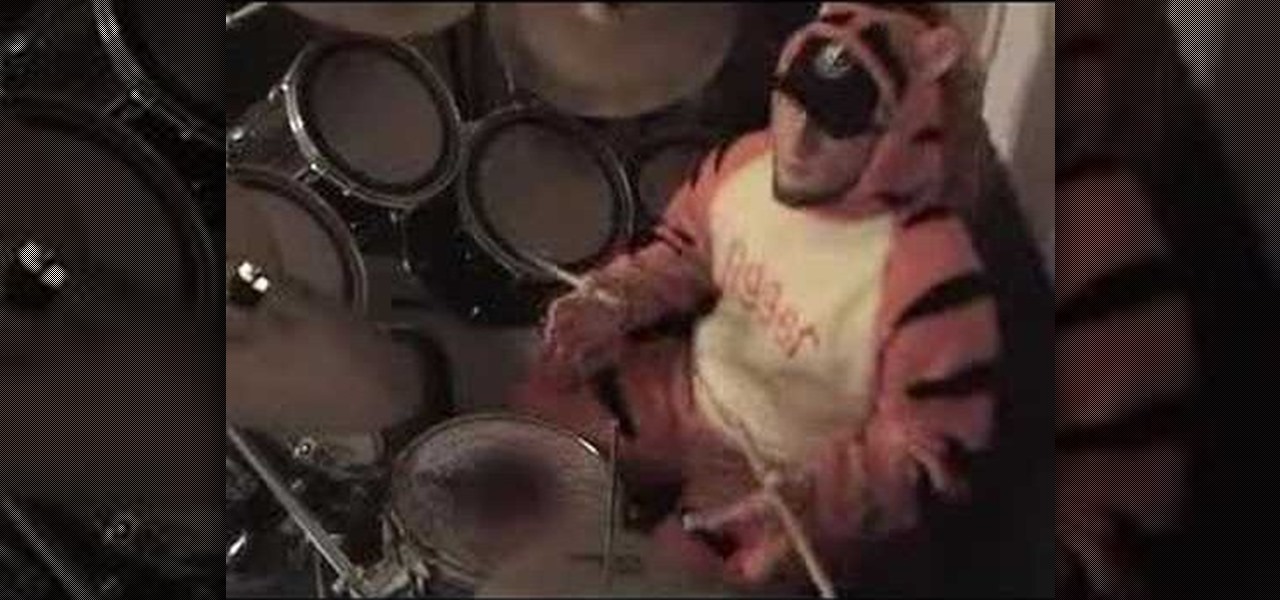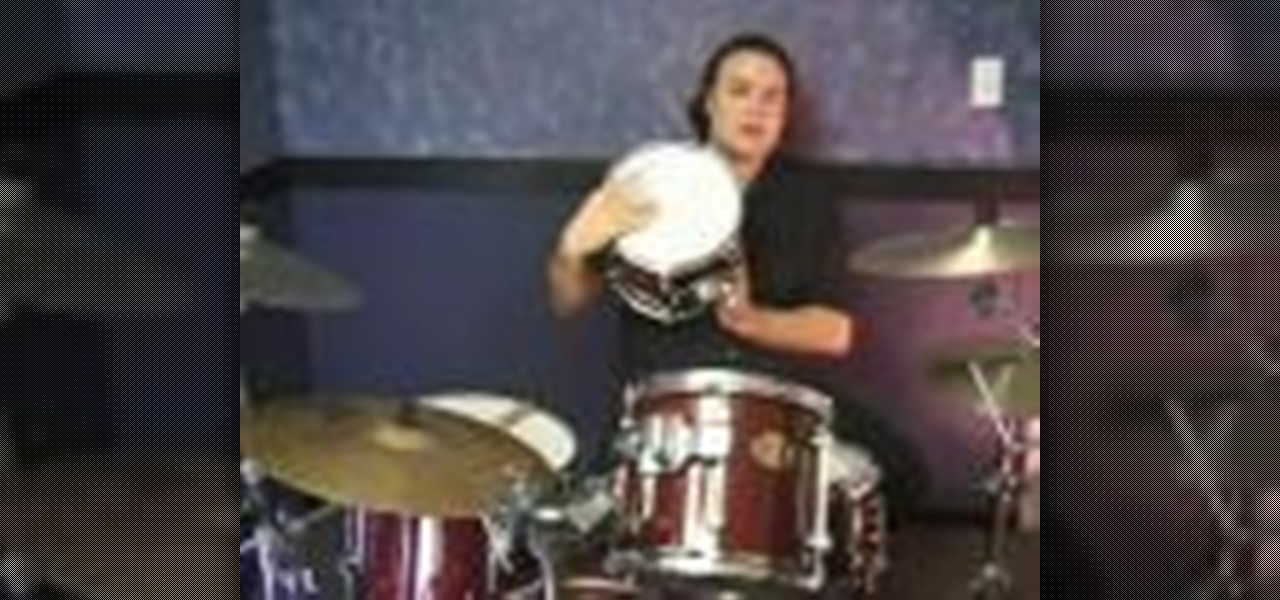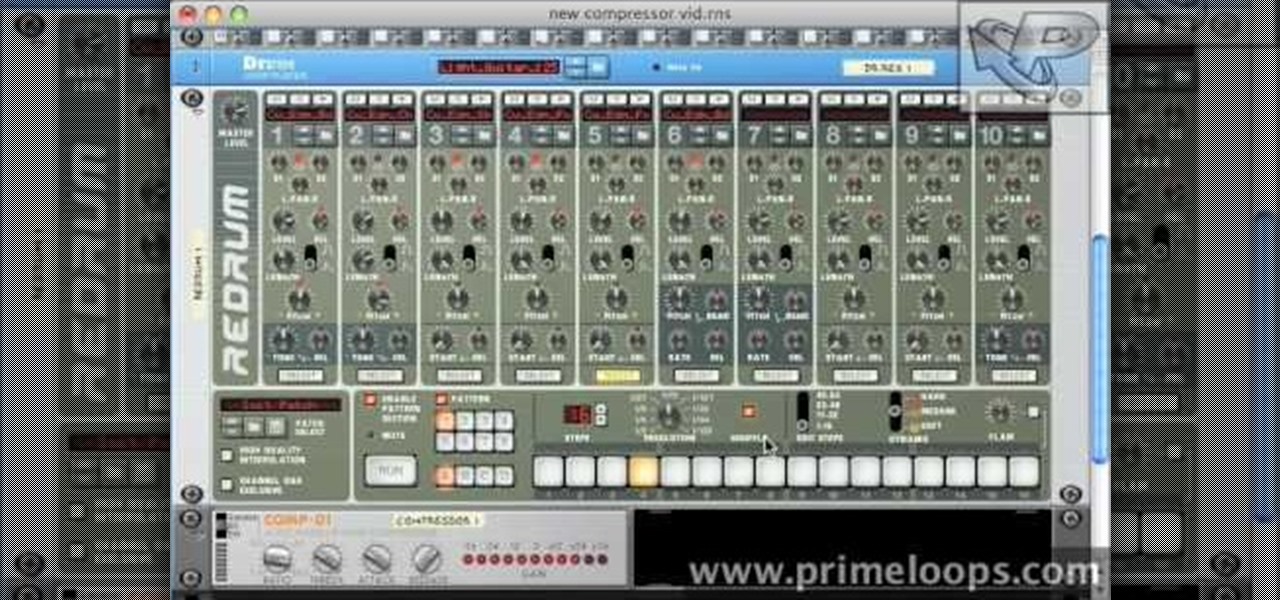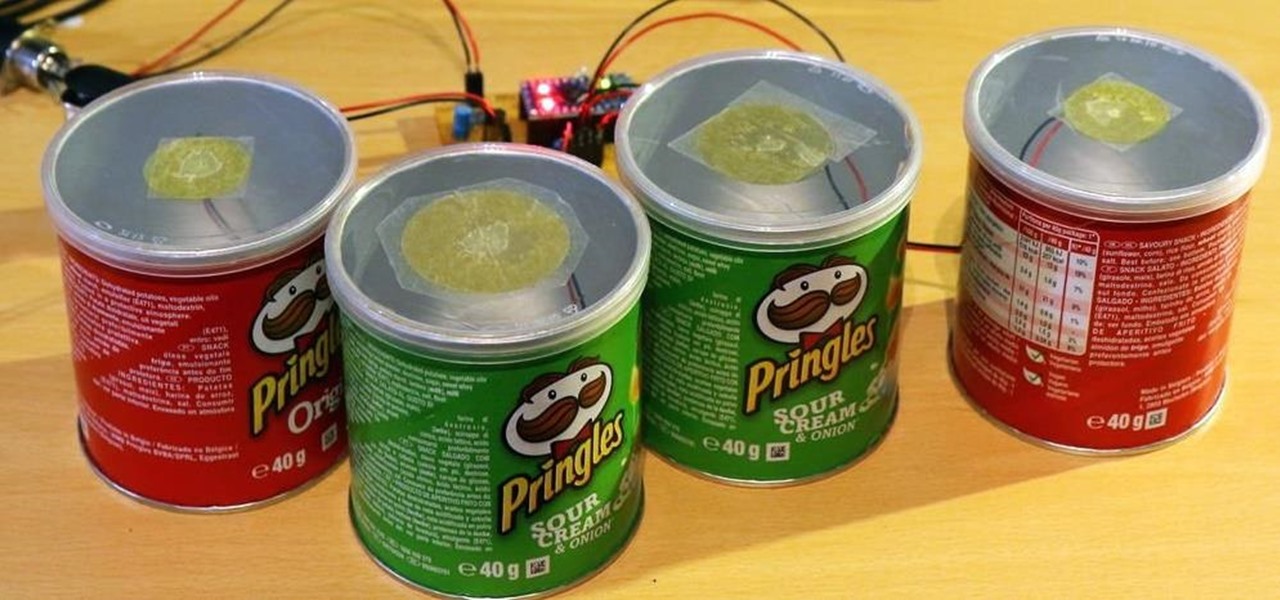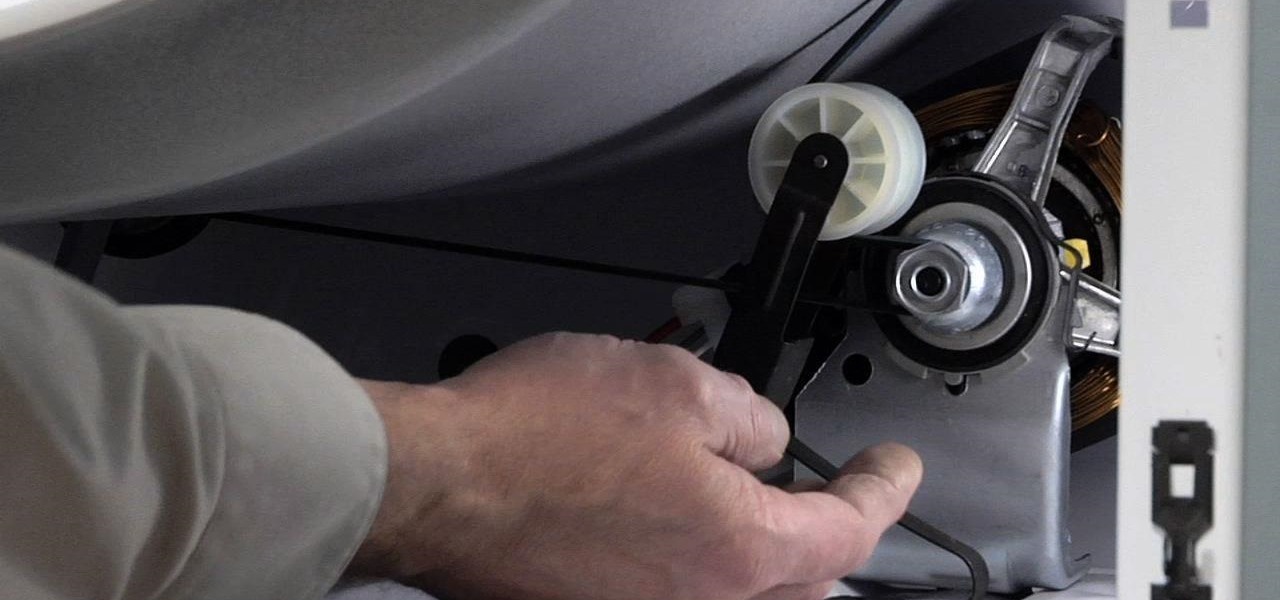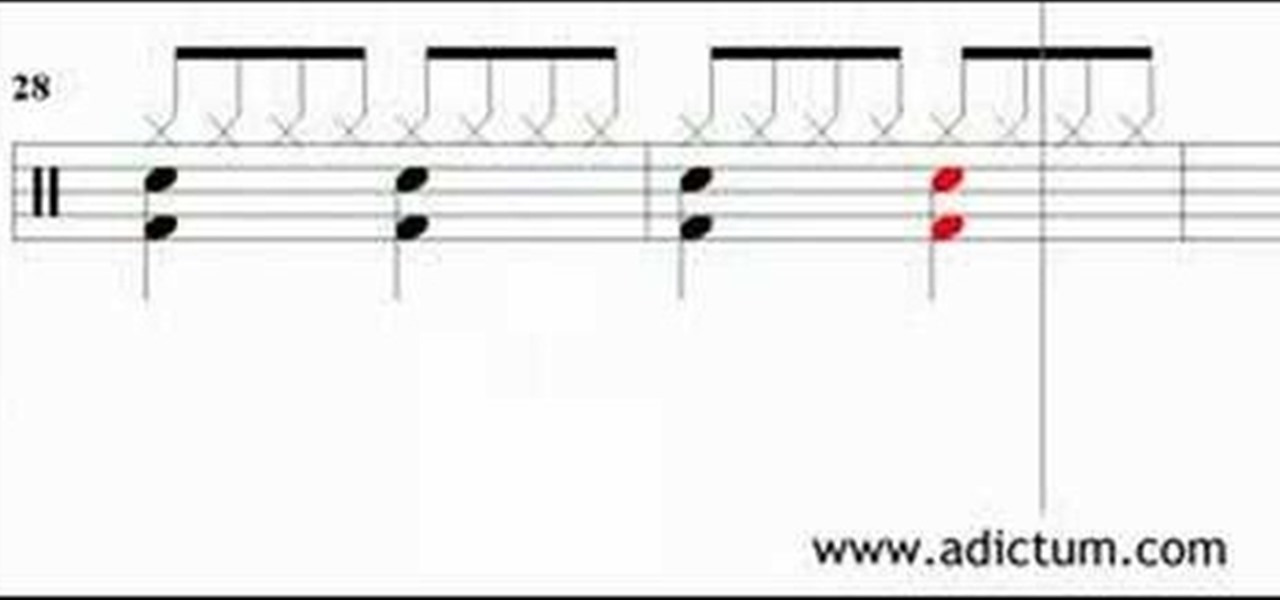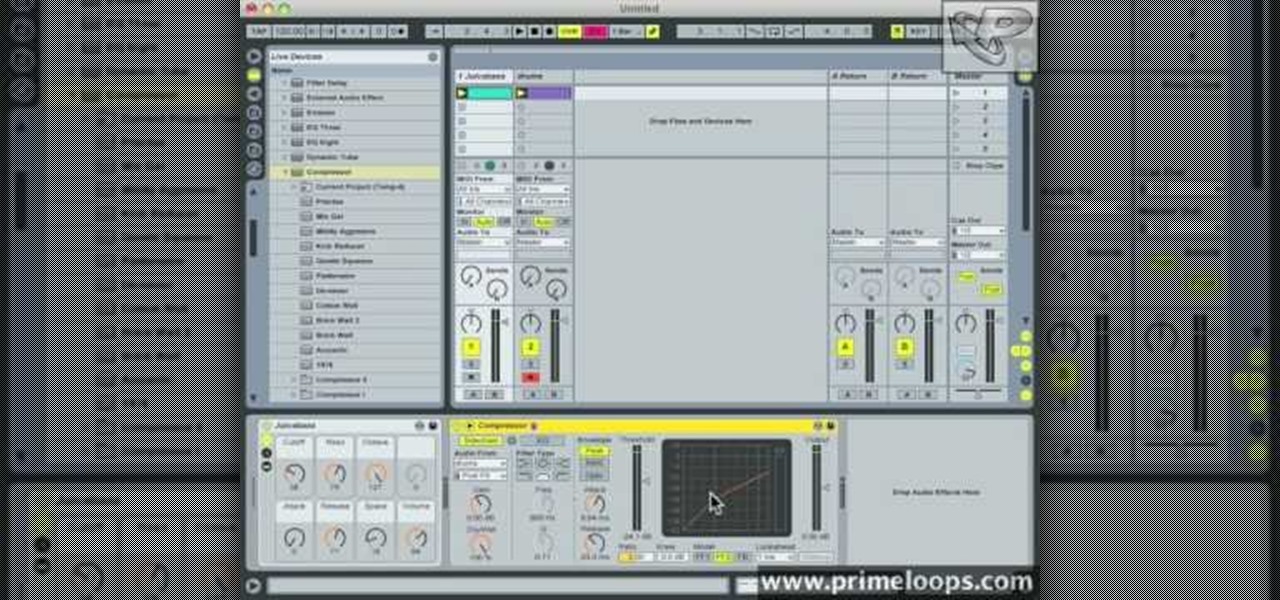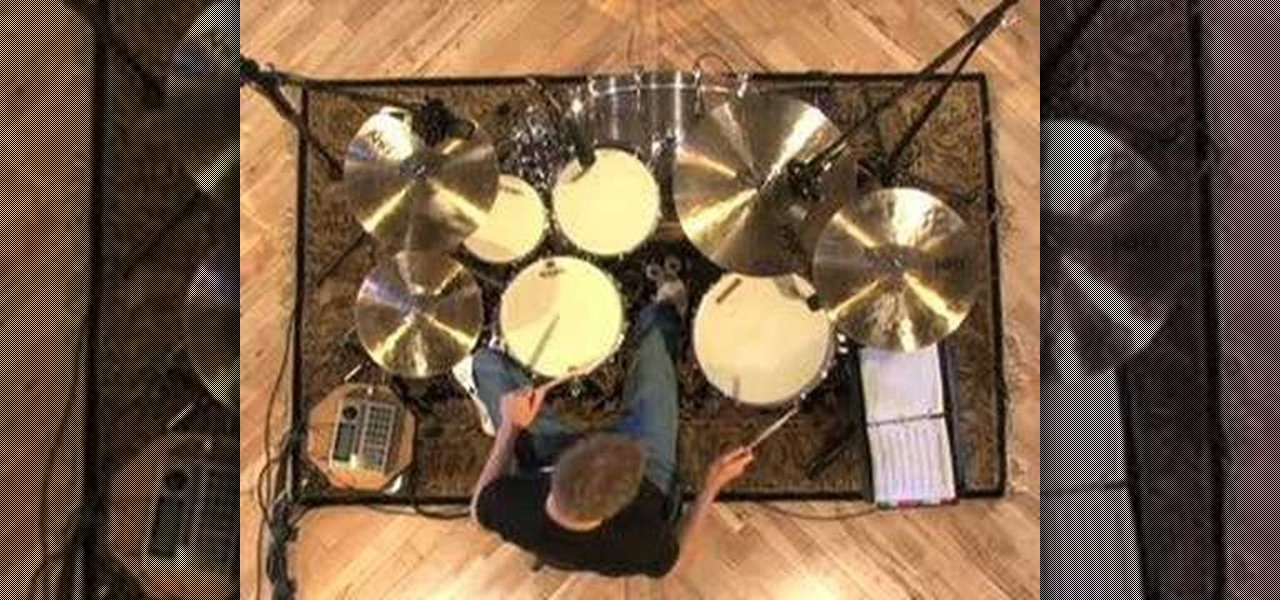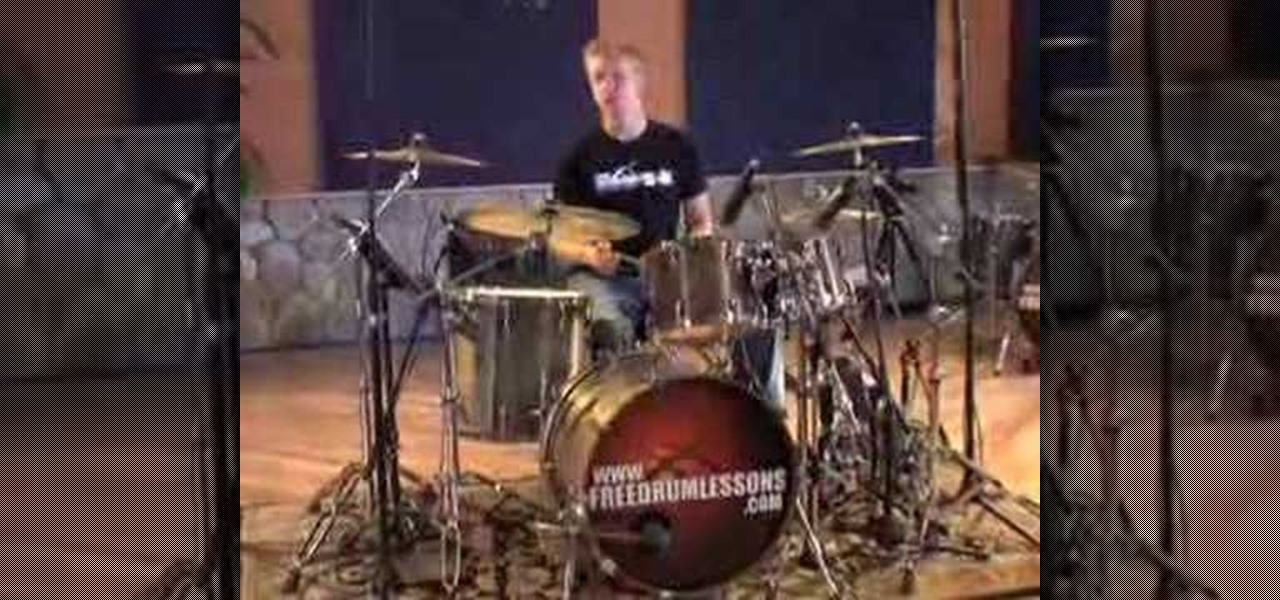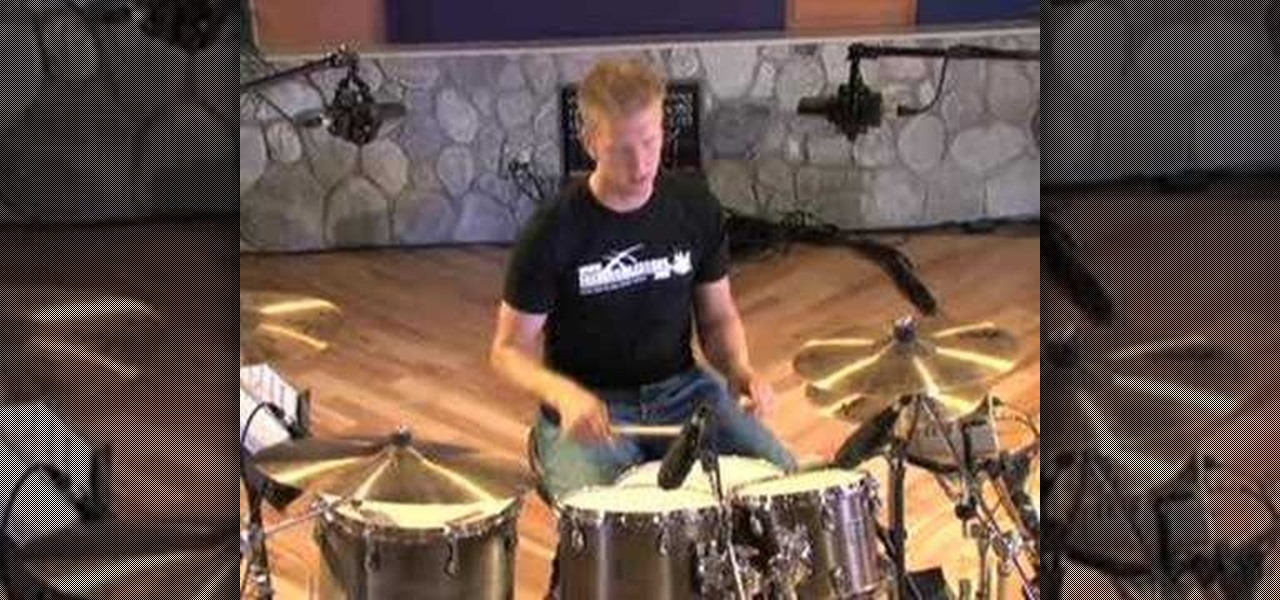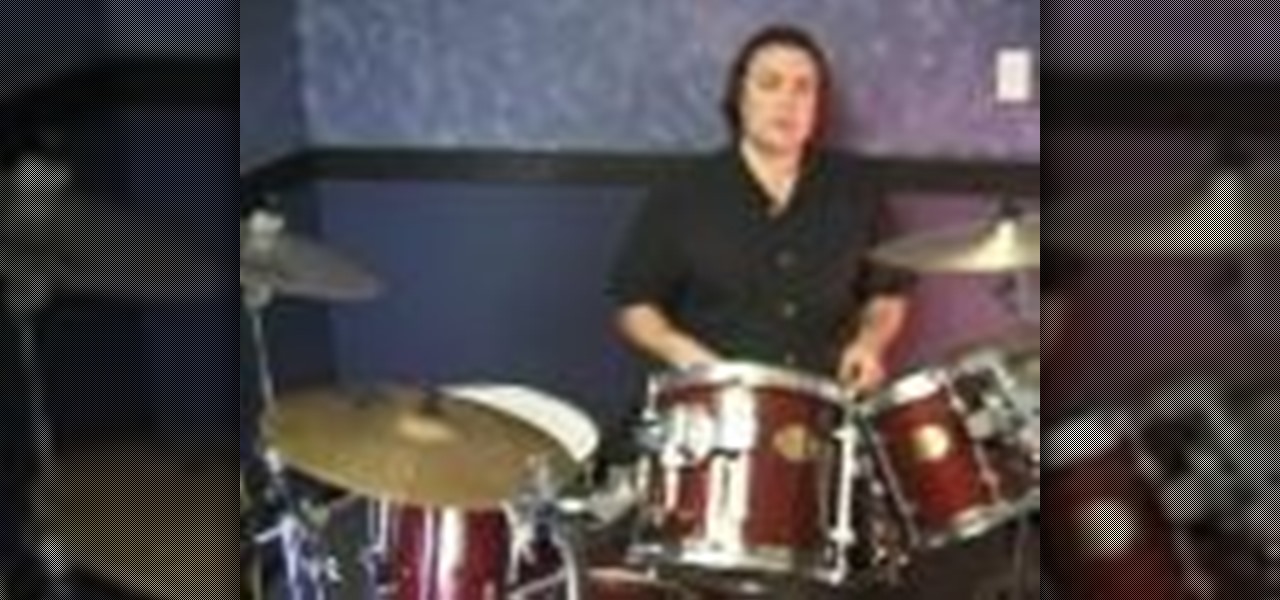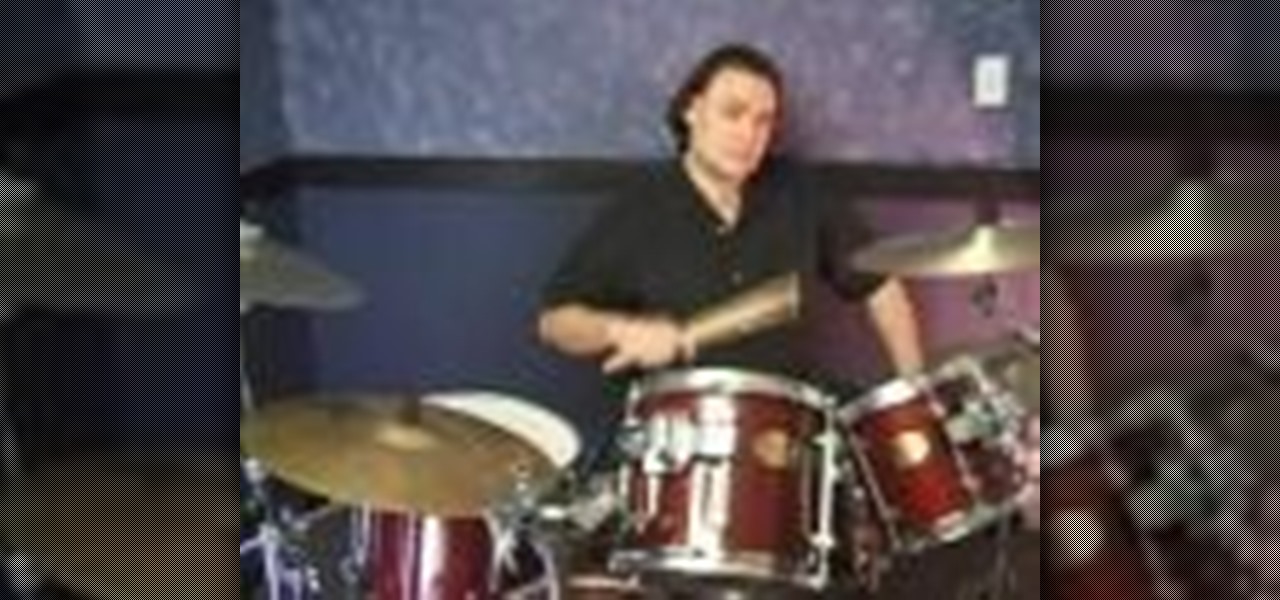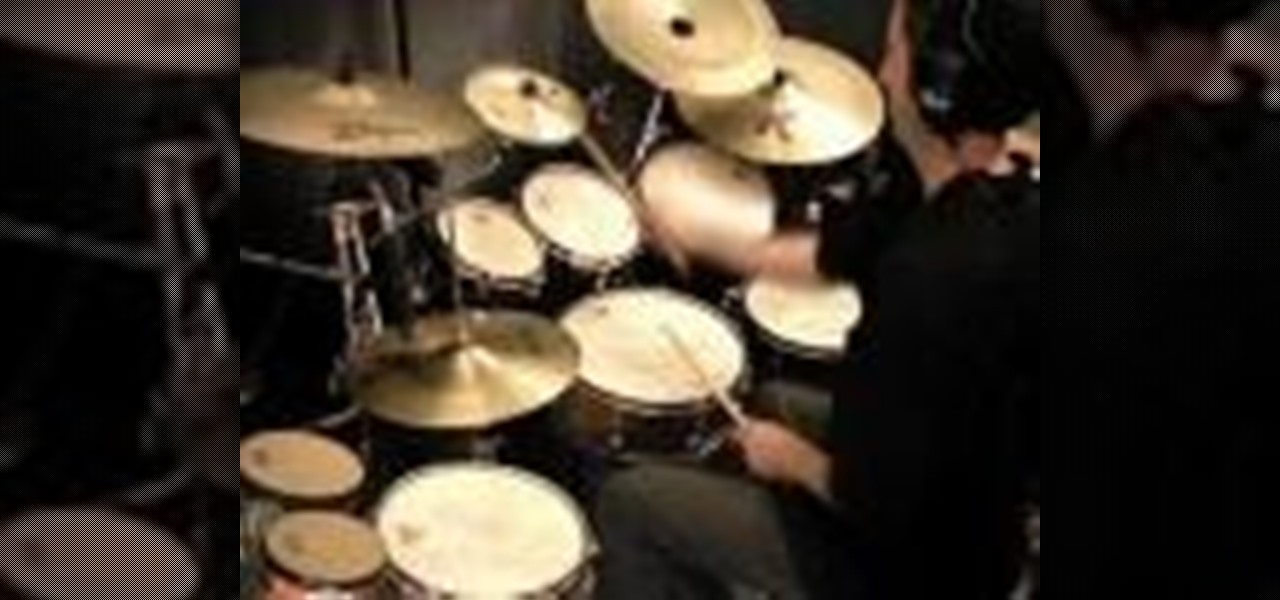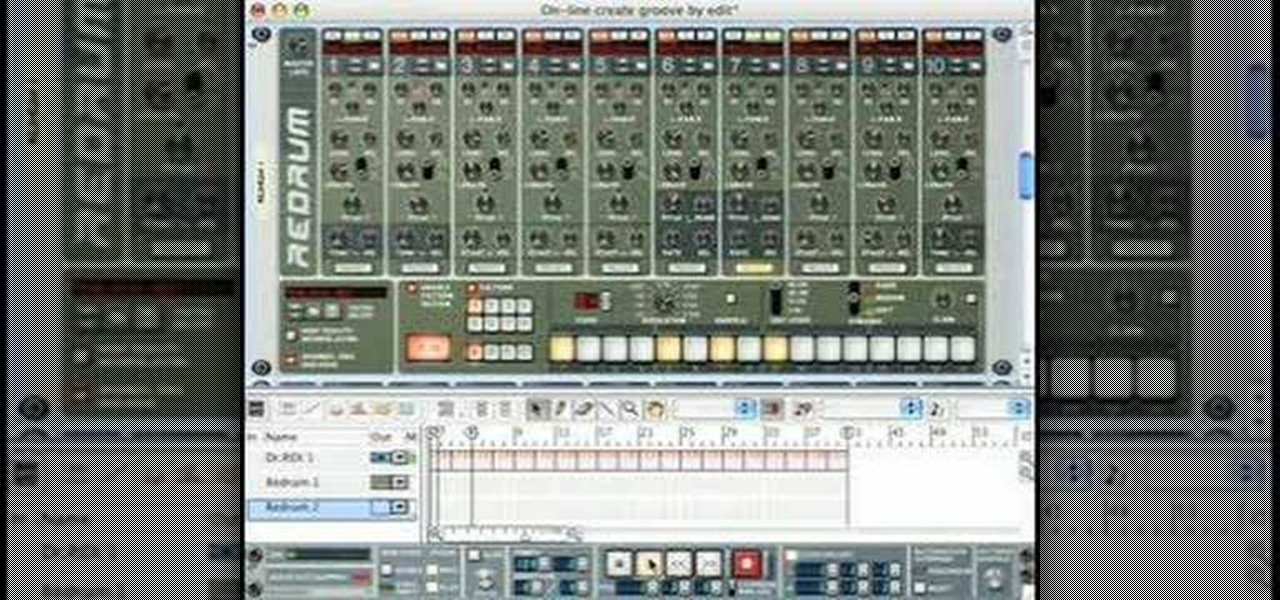
Donny Gruendler, a faculty member at Musicians Institute, has become and expert at performing with backing tracks, manually triggering samples, and playing with loops (both live and in the studio). In this installment from his video tutorial series in which he discusses the fundamentals of playing with loops, Donny provides tips for complimenting a drum loop (and thus avoiding "target practice").
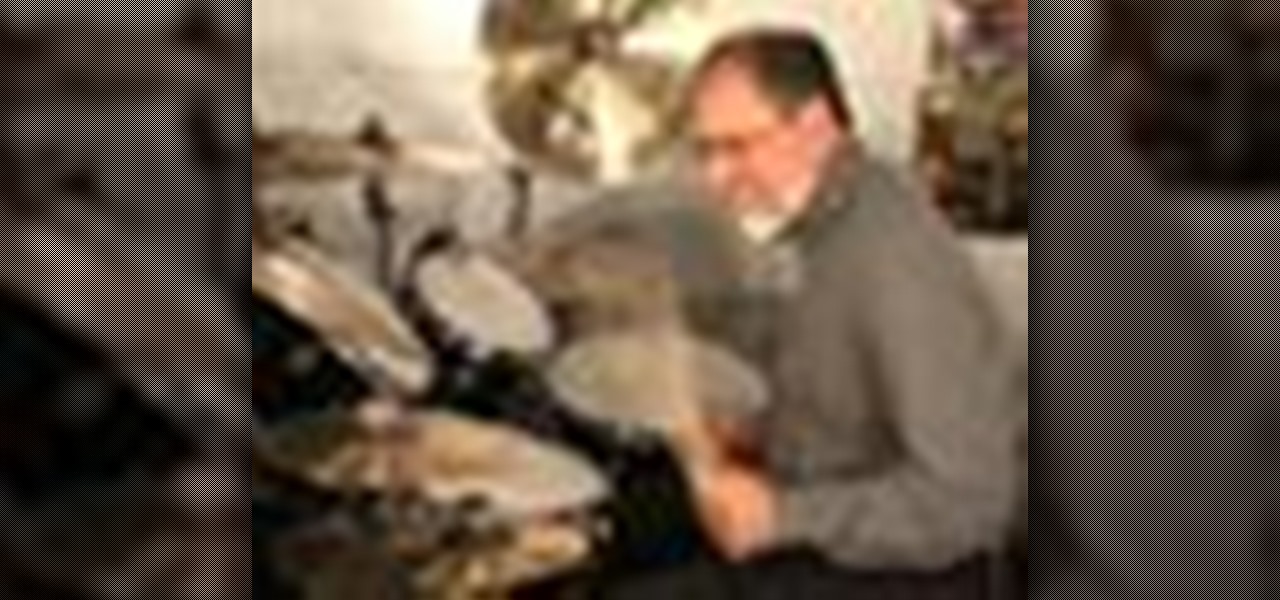
Dom Famularo's infectious smile and drumming talents make him one of the most sought-after drummers and clincians in the world. In this installment from his video series dedicated to a wide variety of topics–from drum strokes to styles–, Dom demonstrates the French grip, a finger-dominant style of playing. Thumbs up!

Dom Famularo's infectious smile and drumming talents make him one of the most sought-after drummers and clincians in the world. In this installment from his video series dedicated to a wide variety of topics–from drum strokes to styles–, Dom demonstrates how to develop your finger technique while playing with the French grip.
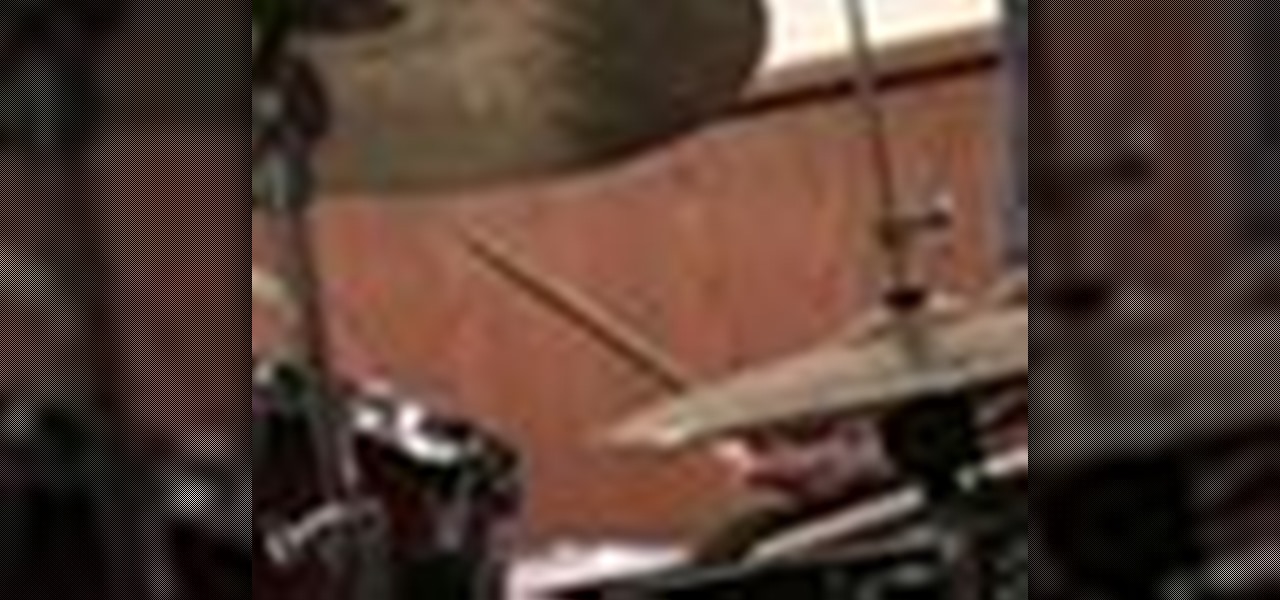
World fusion drumming combines the energy and feel of rock, Latin, and world music with the technique and improvisational skills of jazz. In this installment of his video tutorial series on the rudiments of world fusion drumming, Berklee College of Music professor Skip Hadden demonstrates how to modify the feel of a samba groove by changing up the hi-hat pattern.
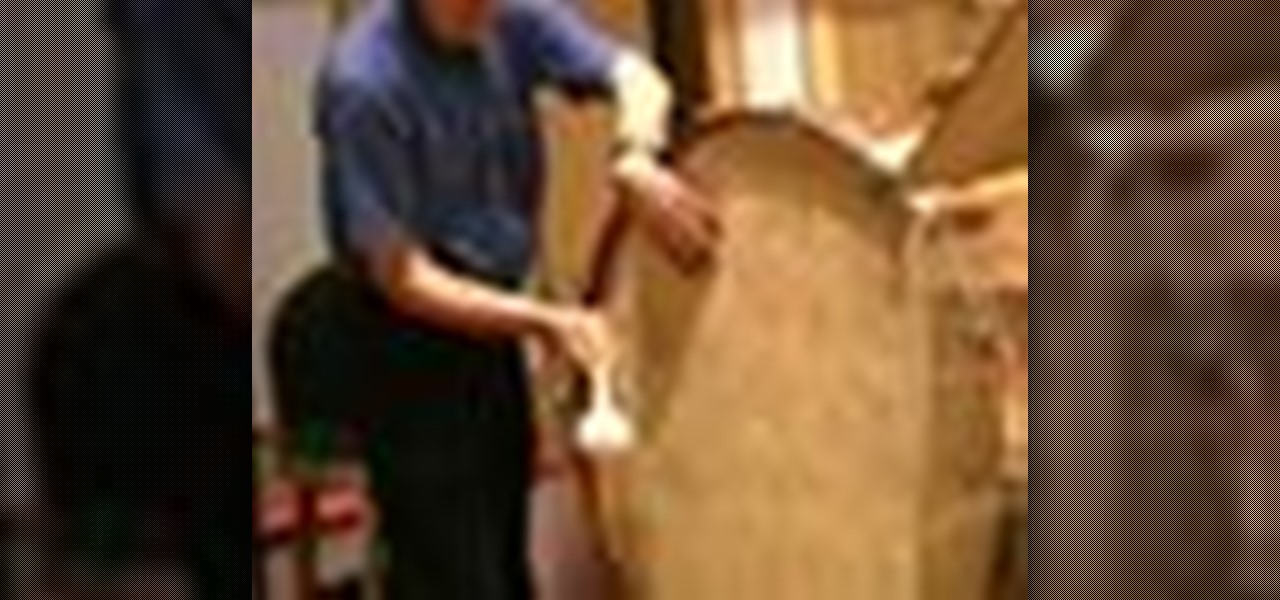
Tom Gauger has played percussion with the Boston Symphony and Boston Pops Orchestras for over 35 years and has also served on the faculty at Boston University and the Boston University Tanglewood Institute. In this installment from his series of video lessons dedicated to breaking down the basic skills necessary for playing the concert bass drum, Tom will teach you three basic dampening techniques.
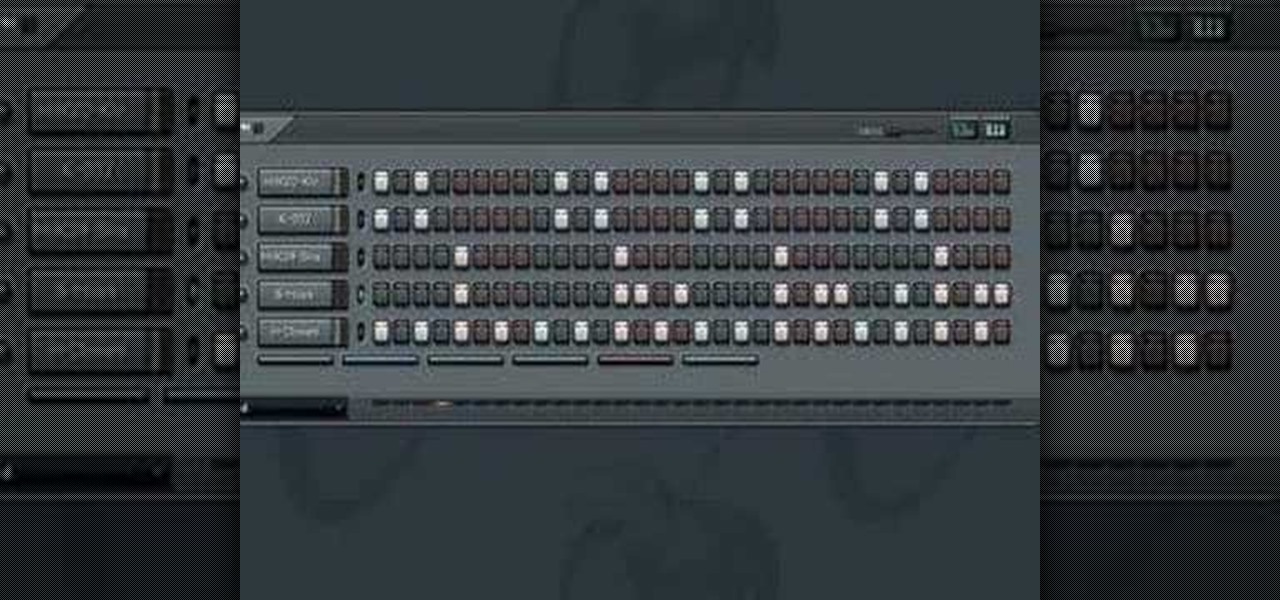
NFX shows you how to create secondary kicks, also known as doubling your kick drum using FL Studio (Fruity Loops).

NFX shows you one method for mixing drums for beats in FL Studio (Fruity Loops).

The tabla is a popular Indian drum used in the classical, popular and religious music of the Indian subcontinent and in Hindustani classical music. In this how to video you will learn basic techniques of playing the tabla. Watch this tutorial and you will be playing the tabla in no time.

This tutorial teaches how to play drum roll accents and how to incorporate them into basic beats. This lesson is designed for the beginner drummers.

In this video lesson, you will learn how to play the rumba clave, which is common within Latin drum beats. The clave is an essential pattern for Latin music that must be practiced regularly. The rumba clave is similar to the son clave, however it is different enough to give it a unique feel within Latin music.

The two-handed sixteenth note drum beats featured in this lesson are a little different than anything covered in previous lessons. Unlike the regular sixteenth note beats, these patterns have the hands alternating between the hi-hats and snare for the entire measure.

This video lesson teaches six basic quarter note beats that you can use within rock music. They are ideal for beginner drummers that have just learned to play drums, and are now looking for additional beat ideas.

Chris Traylor explains how to properly tune your drum kit in order to achieve the perfect result. Tuning is so important, you'll have to watch.

Detailed instructions on how to tighten up offbeat sixteenth notes and improve your click playing on drums.

Watch to learn some exercises to help you strengthen your internal clock for drums.

This lesson looks at getting comfortable playing groups of 5 1/16th notes in 4/4 time on the drums.

In this lesson you will learn how to read and play sixteenth noteson the drums. In order to do this lesson you need to be comfortable with quarter notes & rests, eighth notes and 4/4 time. You will need the beat sheet for this lesson. You can find it here:

If clothes have brown marks on them or heat escaping from rear of dryer drum, you will probably have to replace the rear dryer drum felt seal. You can follow the steps in this video to help you do this easy repair.

Need some cool sound effects for your next film? Kipkay's got an idea… the "Rumble Pipe". This noisemaking pipe creates a rumbling sound perfect for any drone SFX. Try it out. It's just a little sounds effects gizmo. Cheap and easy!

This tutorial video will show you what the purpose of compression is and how compression works through its parameters. Your instructor illustrates a drum beat and a plucked guitar line. Beginning with how to compress the drum beat, take (download) a drum sound pack without compression and to add compression using the software right click on the drum machine, choose create, and then choose combo on compressor. The virtual compressor has all the dials and adjusters found on any basic compressor...

Damn right, you don't just eat 'em. When you're done with your next Pringles can, you can turn it into a kaleidoscope, a pinhole camera, and even a solar hot dog cooker. But Instructables user TheSpodShed may have just created the most awesome way to upcycle empty Pringles cans—use them as a mini MIDI drum kit for your mobile device. This tiny drum kit will let you rock your face off without pissing off all your neighbors.

The dryer’s idler pulley provides tension to the dryer’s drum belt so the belt won’t slip when the drum is turning. It can become faulty over time due to increased friction. If your dryer is making a squeaking or squealing nose then the idler is probably faulty. Replacing this pulley is a simple project. Repair your noisy dryer with this step-by-step tutorial!

Michelle Stewart of BodhranExpert.com demonstrates to viewers how to treat the skin on a Bodhran drum. The skin on this particular drum is made of goat skin and, much like your own skin, must be treated with a skin-conditioning treatment in order to maintain proper moisture.

This tiny video shows you the basics of drum stick spinnology.

In this video, we learn how to use a sidechain gate on synths & drums in Ableton. First, drag a gate device onto your synth track. This will turn down the volume of the synthesizer device very quickly. Once you do this, you will have a sidechain view, turn it on by clicking the green button. Then, bring the attack down to 0 ms and bring your hold down to 3.9 ms. When this plays, you will hear an electronica type of beat. This is a simple way to make your synth lines more exciting. Save this w...

In this tutorial, we learn how to read music for drums. A hi hat and kick is equal to quarter notes and a hi hat is just eighth notes. When you see a snare and a kick this is equal to quarter notes. As you continue to read the music for the drums, you will see the music notes lie differently for different notes that you are supposed to play. A hi hat can also mean sixteenth notes and a kick can equal quarter notes depending on where they are placed on the music sheet. Once you get a hang of r...

Jam tracks/backing tracks act like an instantly available band: while you play riffs on the lead guitar, backing tracks add the bass line and help ground your beat. This allows you to practice anything from major scales to minor scales. A drum beat is included to keep you strumming on the right beat.

This video shows how to do audio side chain compression to improve your production audio mix. Side chain compression is an easy way to balance the base and the drums. Using a compressor, you can cause your base to drop in volume when the drums are hitting so that one is not over-powering the other. This video walks you through step by step instructions for configuring your compressor to balance based on threshold level, the attack time, and release time. This is an excellent source of audio p...

Whether you're a first day beginner or have been playing the drums for several years, learning the fundamentals of technique, rudiments and music reading is very important. In this installment from his video tutorial series on the fundamentals of snare drumming, Mark Wessels demonstrates how to properly grip a drumstick.

A band leader, classical percussionist, clinician and author, Steve Houghton is also the associate professor of percussion and jazz at Indiana University-Bloomington, and is on faculty at the Henry Mancini Institute. In this installment from his video tutorial series on the fundamentals of drum playing, Steve provides helpful tips and techniques for maintaining balance between limbs while on the drumset.

In this tutorial you will learn to do the elbow wrap drum major move using a mace. This is an advanced move for a drum major or baton twirler. Watch this how to video and you will be able to do the elbow wrap with a mace.

Learn to do the finger roll using a mace with this tutorial. This is a basic move for a drum major or baton twirler. Watch this how to video and you will be able to perform a mace finger roll.

This video will teach you how to backstick with your drumsticks whether you're playing on a drum kit or in the drum line at your high school. Backsticking is mainly triplets, and a valuable trick to learn for any drummer.

This lesson covers six odd-time beats that are played in the 5/4 time signature. Unlike most rock drum beats, that are played in 4/4 with four quarter notes per measure, these beats are played with five quarter notes per measure. Watch the included video for step-by-step training on how to count and play these unique beats.

This free drum lesson features broken sixteenth note fills that work well within rock music. They are perfect for intermediate drummers that are looking for patterns that are a little more challenging than the standard sixteenth note fills.

This video lesson teaches Jared Falk's note value exercise. Basically, this exercise is designed to help you practice quarter notes, eighth notes, eighth note triplets, sixteenth notes, sixteenth note triplets, and 32nd notes around the drum kit - all at the same time.

In this section, Chris Traylor teaches you how to play open hi-hat shuffles on your drums. Shuffle your way along to success. Or just keep it a hobby that you never share with anybody. It's your call.

Are you ready to rock? In this section, Chris Traylor guides you through different hi hat techniques for your drum kit. Make sure your foot doesn't ache, cause you're going to need it for this.

Learn about some alternative stick ideas to use when playing the drums. Rather than using a traditional drumstick, you can try one of these examples! Alan Schechner shows you the tricks. He does not lie. Take his advice. You won't regret it.

Check out this video from Berkleemusic.com and watch as Berklee professor Mike Hamilton illustrates how to add additional drum and percussion parts to a hip-hop beat using Reason software.








